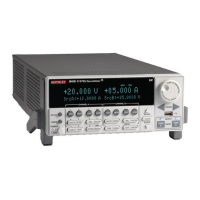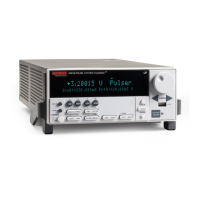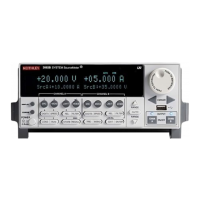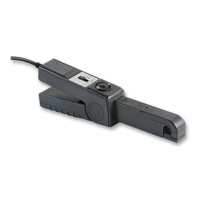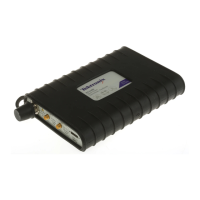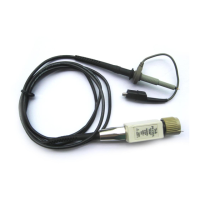High Voltage SourceMeter Instrument Reference Manual Section 12:
2470-901-01 Rev. A / May 2019 12-25
Details
You can specify the line type and line direction parameters to configure each digital I/O line into one
of the following modes:
• Digital open-drain, output, or input
• Trigger open-drain, output, or input
• Trigger synchronous master or synchronous acceptor
A digital line allows direct control of the digital I/O lines by writing a bit pattern to the lines. A trigger
line uses the digital I/O lines to detect triggers.
Set <lineDirection> to one of the values shown in the following table.
Value Description
If the type is digital control, this automatically detects externally generated logic
levels. You can read an input line, but you cannot write to it.
If the type is trigger control, the line automatically responds to and detects externally
generated triggers. It detects falling-edge, rising-edge, or either-edge triggers as
input. This mode uses the edge setting specified by
:TRIGger:DIGital<n>:IN:EDGE
.
If the type is digital control, you can set the line as logic high (+5 V) or as logic low (0
V). The default level is logic low (0 V). When the instrument is in output mode, the
line is actively driven high or low.
If the type is trigger control, it is automatically set high or low depending on the
output logic setting. Use the negative logic setting when you want to generate a
falling edge trigger and use the positive logic setting when you want to generate a
Configures the line to be an open-drain signal. This makes the line compatible with
other instruments that use open-drain digital I/O lines or trigger signals, such as other
Keithley Instruments products.
If the type is digital control, the line can serve as an input, an output, or both. You
can read from the line or write to it. When a digital I/O line is used as an input in
open-drain mode, you must write a 1 to it.
If the type is trigger control, you can use the line to detect input triggers or generate
output triggers. This mode uses the edge setting specified by
:TRIGger:DIGital<n>:IN:EDGE.
SYNChronous
trigger type. This value detects a falling-edge
trigger as an input trigger and automatically latches and drives the trigger line low.
Asserting the output trigger releases the latched line.
Only available with the SYNChronous trigger type. This value detects a rising-edge
trigger as an input. It asserts a TTL-low pulse for output.
Example
Set digital I/O line 1 as a digital output line.
Also see
Digital I/O lines (on page 8-16)
Digital I/O port configuration (on page 8-13)
:TRIGger:DIGital<n>:IN:EDGE (on page 12-171)
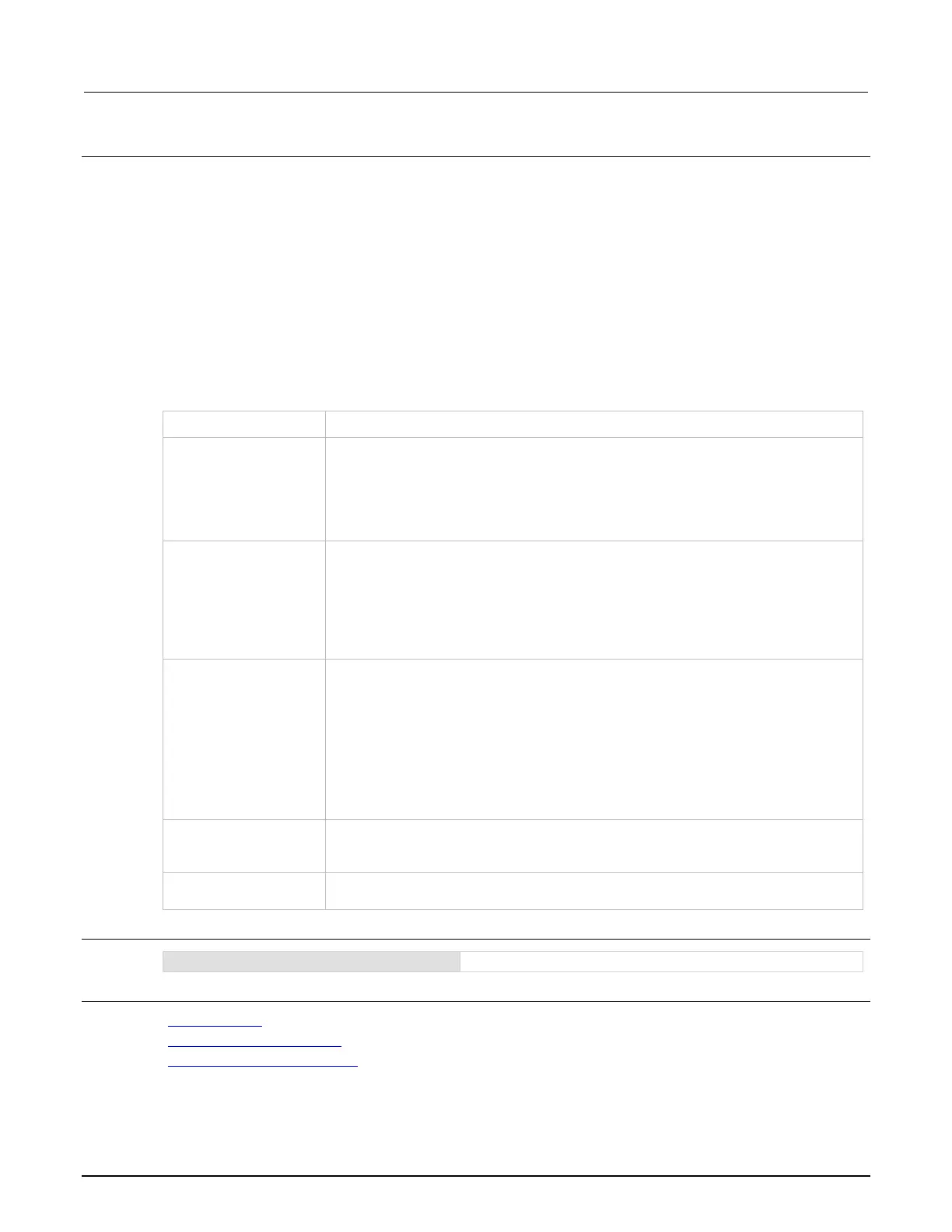